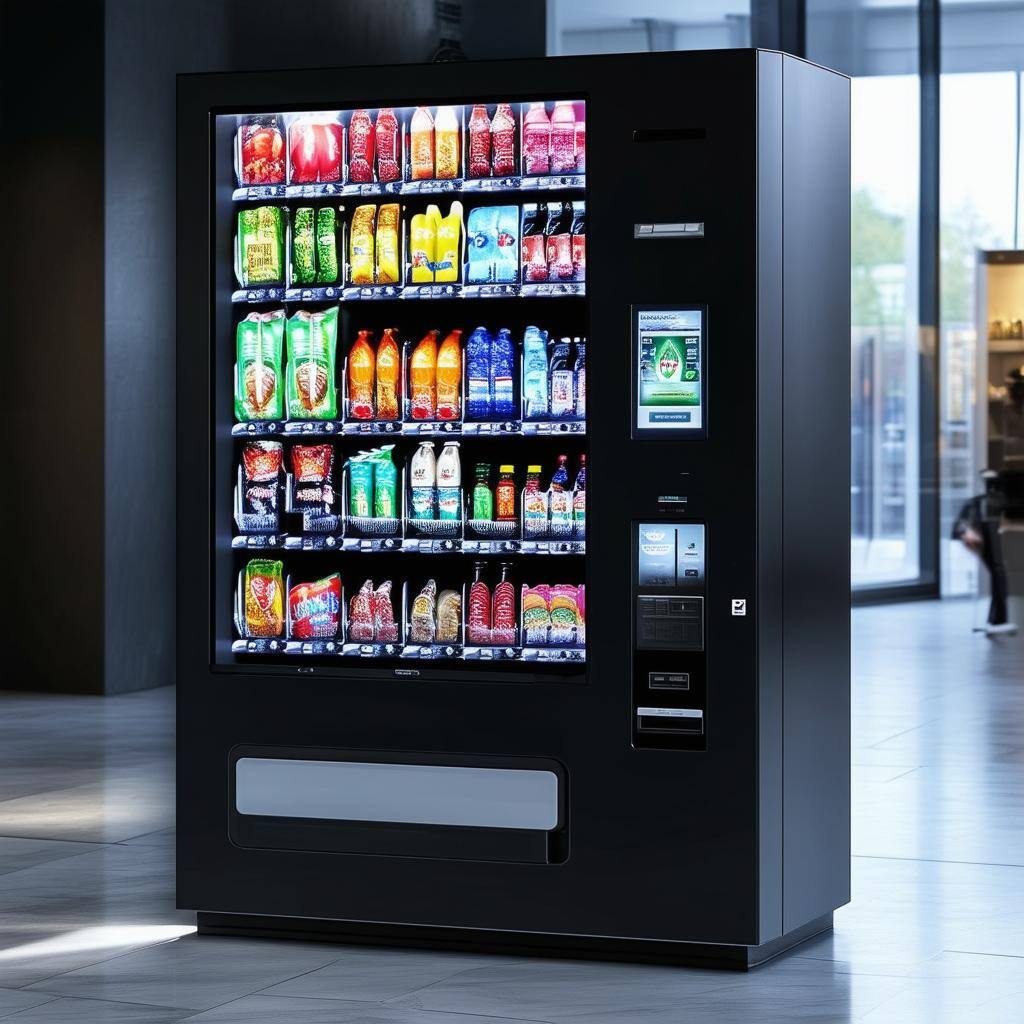How to Effectively Communicate Your Vision to Designers and Contractors for Your Renovation

Renovating your home can be an exciting yet challenging endeavor. Whether you’re looking to redesign a kitchen, update a bathroom, or completely transform your living space, effectively communicating your vision to designers and contractors is crucial for achieving the best results. When expectations are clear and everyone is on the same page, your renovation project is more likely to be completed on time, within budget, and to your satisfaction. In this blog post, we will explore how to convey your ideas, needs, and expectations to the professionals working on your project.
Understand Your Vision and Goals First
Before you approach designers or contractors, it’s essential to have a clear understanding of your vision and goals for the renovation. Take the time to think about how you want the space to feel, look, and function. Do you have any specific needs, such as better lighting, more storage, or increased functionality in certain areas? Reflect on the style you want, whether it’s modern, traditional, rustic, or eclectic. Jot down any ideas or inspiration that may help communicate your vision to others.
Having a concrete vision for your renovation helps you feel more confident when explaining your ideas and also helps the designers and contractors understand the scope of the project from the start. Keep in mind that the more specific you can be about your preferences, the more effectively your vision can be executed.
Gather Visual References
Words alone may not be enough to fully communicate your ideas. Visual references are incredibly helpful when discussing your vision with designers and contractors. These can include photos from magazines, Pinterest boards, or images of other homes that showcase the look and feel you're hoping to achieve. Even if you don’t have exact images of the space you want, collecting photos of particular design elements—such as cabinetry, color schemes, or layout ideas—can give your design team a visual understanding of your style and preferences.
Don’t hesitate to take photos of spaces that inspire you or align with your ideas, and be prepared to explain what aspects of the design appeal to you. For example, if you love the sleek modern look of a kitchen island with built-in appliances or admire the coziness of a living room with a specific type of lighting, sharing those images can help designers and contractors visualize your ideas.
Be Clear About Your Budget
One of the most important aspects of any renovation project is the budget. Before talking to designers and contractors, set a clear budget range for the project and communicate this upfront. A well-defined budget helps professionals understand the scale of what’s possible within the constraints of your finances. This enables designers to propose solutions that align with your budget and allows contractors to estimate the scope of work and material costs.
Don’t forget to consider extra costs that may arise, such as unexpected structural issues or upgrades you may choose along the way. It’s always wise to build a contingency into your budget, but having an initial figure to work with ensures your expectations are realistic from the start.
Use Technology to Your Advantage
Embracing technology is a game-changer when communicating your renovation vision. Tools like 3d Interior design software allow you to create a detailed visual representation of your ideas, offering a clear preview of how your space will look post-renovation. This can help you make informed decisions, whether it's about layout, color schemes, or furniture placement. In addition, digital platforms enable you to build mood boards, share design ideas instantly, and collaborate more effectively with your design and construction team. By utilizing these technological tools, you can bridge the gap between your vision and reality, ensuring everyone involved has a tangible understanding of your goals.
Break Down the Project into Phases
Renovations often involve multiple phases, and each phase may require different levels of attention and resources. Breaking down the renovation into manageable phases helps you communicate your vision more effectively to your design team. For example, the first phase might involve structural work, while the second phase could focus on design elements like flooring, cabinetry, and fixtures.
By approaching your project in phases, you can prioritize the most critical elements first, and then refine other aspects of the renovation later on. This also allows for more flexibility in managing costs, timeframes, and design changes. Discussing the project in phases with your designer and contractor helps both parties understand your vision in a more organized way.
Collaborate and Encourage Dialogue
A successful renovation project requires open communication and collaboration between you, your designer, and your contractor. Encourage an ongoing dialogue throughout the process to ensure that everyone is on the same page. Don’t hesitate to ask questions or express any concerns you may have during the design process, construction, or material selection.
During the design phase, your designer may offer suggestions or alternatives that might not align with your initial vision, so it’s important to keep the conversation open. Likewise, contractors may have valuable input about the practicality of certain design elements or materials, so it's essential to listen to their expertise.
Fostering a cooperative relationship with your team can create an atmosphere of mutual respect and understanding, which will ultimately improve the outcome of your renovation project.
Set Clear Expectations for Timeline and Milestones
Setting expectations for the renovation timeline is just as important as discussing budget and design elements. It’s essential to have a clear understanding of the project’s timeline and what milestones should be achieved at different stages. Having a timeline helps you and your contractor stay on track and ensures that everyone is aware of key deadlines.
Be realistic about the time it takes to complete each phase of the renovation. Construction delays are not uncommon, and it’s important to factor in time for unforeseen issues. By discussing the timeline upfront, you can avoid unnecessary stress and prevent miscommunications down the line.
Provide Constructive Feedback Along the Way
During the renovation process, providing feedback is crucial for ensuring that your vision is realized. As the work progresses, take the time to check in with your contractor and designer to ensure things are moving in the right direction. If something doesn’t feel right, speak up early on rather than waiting until the end.
Be specific about what you like or don’t like, and try to provide constructive feedback. For example, instead of saying “I don’t like this,” try saying, “I was hoping for a lighter shade of the flooring,” or “The layout isn’t quite what I envisioned; can we explore a different option?”
Clear and respectful communication throughout the project helps your team understand what adjustments need to be made and ensures that the final result aligns with your original vision.
Communicating your vision effectively to designers and contractors is the key to a successful renovation project. By understanding your own goals, gathering visual references, setting a clear budget, and fostering open communication throughout the process, you can ensure that everyone involved is aligned with your vision. Remember to stay flexible, provide feedback, and collaborate with your team to create a space that reflects your style and meets your needs. With the right approach, your renovation project can be an exciting and rewarding experience that results in a beautifully transformed home.
Related Posts
Join the movement.
Your Entourage journey starts here. Join Australia's largest community of over 500,000 business owners and entrepreneurs, and receive instant access to exclusive content and updates delivered straight to your inbox.




